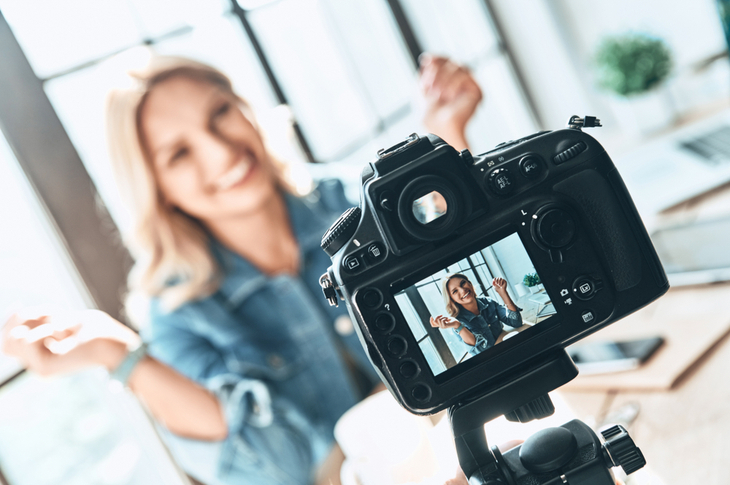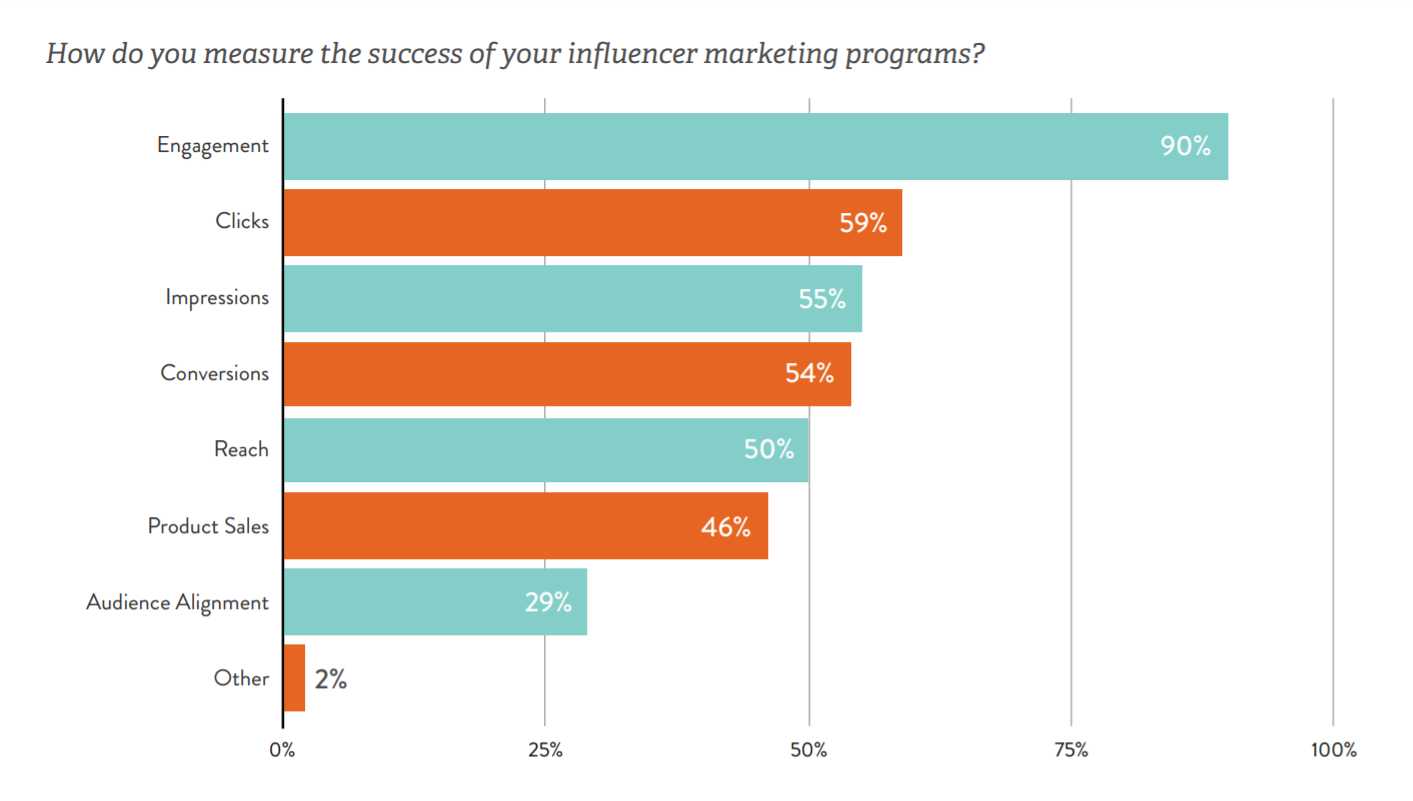How to measure the ROI of your influencer marketing campaign

As you’re scrolling through Instagram, you spot just the right influencer for your brand. Excited, you get up to go tell your senior colleague. But then you stop in your tracks. Your brand is still hazy about how well their last influencer marketing campaign worked. How will you get them convinced about another one without first gaining clarity on measuring ROI for influencer partnerships?
If it’s of any comfort to you, you aren’t the only one who faces that dilemma. According to a study conducted in 2018, 76% of marketers view determining the ROI of their influencer marketing campaign as a challenge. And with only two weeks into 2019, things couldn’t have really changed significantly.
That is why we’ve put together this write-up. We’ve broken down the concept, categorising each relevant metric under your desired goal. After all, what’s the use of trying to analyse a campaign without understanding the signs of success you’re looking for?
Goals – Influencer Marketing Campaign
So, here’s how you can measure the ROI of your influencer marketing basis four broad goals — brand awareness, traffic, direct response, and sales and lead generation (we’d include sales, but isn’t that the end goal of any marketing effort?):
1. Brand awareness
Brand awareness can be simply understood as a consumer’s ability to recognise a brand’s products and services and associate certain positive qualities with it.
Within the realm of influencer marketing, calculating brand awareness may seem elusive. And, in comparison to other more tangible goals, it is. But that doesn’t mean it can’t be done. Following are the metrics, basis which you can grasp the improvement in the consumers’ awareness of your brand—
1. Follower growth
Follower growth can be understood as the ratio that indicates the development in the number of social media followers over a period of time. It can be calculated by measuring the number of followers gained in relation to a predetermined target.
One way to set a benchmark prior to the campaign is by observing the organic follower growth of your chosen influencer during the months that precede the activation of the campaign.
In addition to setting a target in advance, also decide on the worth of each follower you have gained. You could base individual follower worth on the Customer Lifetime Value model, guaranteed results from a large follower base, or your savings on additional marketing.
Related – These Influencer Marketing Campaigns will make you re-consider your marketing strategy
2. Impressions
While this metric doesn’t give you an idea of the number of consumers who purchased your product/service, it provides you with the viewership count. However, a high number of impressions is an essential goal to strive for, especially since platforms like Facebook and Instagram implemented formulas that filter users’ feeds based on their interests and post engagement.
However, since only the influencer is privy to the data on impressions, you need them to share the same with you.
Also, consider trying out a software like Grin that assigns a monetary value to metrics like impressions.
3. Sentiment
This refers to the number of consumers who’ve left a positive or negative response to your brand’s post.
Influencer marketing campaigns can improve the chance of a positive brand reception given that they are centred on personalities digital inhabitants trust and look up to.
Measuring sentiment can help track the success of campaign launches, understand the scope of improvement, discern the lasting influence of campaigns, and monitor shifts in the perception of your brand.
4. Press coverage
Lately, media, especially the kind that caters to the marketing industry, can throw a greater spotlight on your influencer marketing campaign. The attention they pay your brand can further increase awareness.
You can track this coverage through media mentions and links that direct consumers back to your brand’s content or website. Consider using Hootsuite or Mention to measure the former.
2. Direct engagement
A direct response can be attributed better to users as compared to the metrics highlighted previously. Following are the metrics that can be included under this goal—
1. Likes, comments and shares
Likes, comments and shares are the easiest to track. To gain a higher number of each, consider partnering with micro-influencers whose smaller but better-targeted audiences can be more interactive than the followers of a macro-influencer.
Try the following formula to measure your engagement rate:
Number of engaged users (Likes + comments + shares) x 100 = Percent rate
Total number of followers
An average influencer is known to generate an engagement rate of 1-4%.
2. Dark social or DMs
Dark social can be understood to encompass any social media response that is delivered privately. Therefore, the action can only be viewed by the sender and the receiver.
These are often delivered in the form of saves, favourites, and direct messages and emails that link the post.
3. Generation of traffic
User traffic that is generated by your partnership with the influencer can be tracked through numerous means. However, these mechanisms have to be put in place before the influencer marketing campaign is launched.
1. Trackable links
You can create trackable links to your desired landing page and request your brand’s influencer to share it through their posts. Creating unique links for each social media platform, product and influencer can make the process of measurement easier.
Free tools like bit.ly have made the creation of such links increasingly simple.
2. Dedicated landing pages
Creation of landing pages that are tailored to the campaign message your brand’s influencer is promoting makes the measurement of ROI even simpler.
3. Promo codes
Promo codes are easy to track and also benefit all three parties involved — influencers can build affinity by providing them, consumers love a good deal, and your brand can monitor the purchases that came through the influencer.
4. Custom hashtags
A custom hashtag simplifies the process of finding consumers who are talking about your brand. Moreover, all you need to do is conduct your initial research to create it and then off it goes into the digital world through your influencer’s posts.
4. Lead generation
Lead generation refers to the nurturing of potential customers for the purchase of your brand’s products or services.
Your brand’s influencer can make this possible through sharing your brand’s download links, encouraging signups for a service you provide, and by creating or sharing product demos.
Lead generation can be easily measured through tools like Google Analytics.
Last words
These are what we believe to be the key goals and metrics to consider when measuring ROI for an influencer marketing campaign. However, the choice of the primary parameter of success differs from brand to brand—

(Source)
Formula for calculating the ROI of influencer marketing campaign
After getting your goals and metrics in place, you can use the following formula to calculate the ROI with the data gathered—

(Source)
But do remember, the tricky thing with successfully calculating your influencer marketing ROI is to account for hidden costs. These may not seem obvious but significantly impact the ROI.
So go forth, fellow marketer! Go approach your senior colleague with the influencer marketing proposal you intended to. Armed with the right knowledge, you can make the most of the boost influencers can offer your brand’s content.
